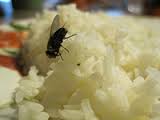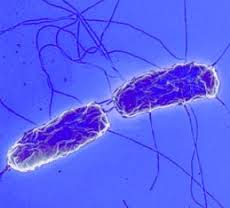Typhoid fever is a bacterial diseases caused due Salmonella typhi. There were many cases globally during the early 20th century. It was eradicated later on due to improved knowledge about the disease thereby improved sanitation and treatment. It is still persistent in developed countries but with a very fewer cases. It still persists in developing and under developed countries due to lack of awareness, poor hygienic conditions and poor sanitation. Below explained regarding symptoms of Typhoid Fever.
Many strains of typhoid are there, but most causative stain is typhi and followed by paratyphi
Table of Contents
Transmission
Typhoid fever causing bacterium is transmitted to a healthy individual by the ingestion of food and drinking of water which is contaminated with the faces of an infected individual which contains the bacterium Transmission even occurs due to vectors like flies which land on the feces and on food we eat.

Signs and symptoms
The onset of the disease signs are observed from early stages of the infection itself. It pertains till 3-4 weeks, the following are the symptoms shown in the order of their appearance from the day of infection:
- Rising of body temperatures slowly

- Fever fluctuations
- Headache
- Cough
- Abdominal pain
- High fever around 40 °C (104 °F)
- Delirium
- Bowel perforation
- Rose spots are visible on abdomen and lower chest
- Intestinal hemorrhage
- Dehydration
- Constipation
Diagnosis
- A decrease in the number of circulating white blood cells and blood platelets is observed in blood count.
- Blood and stool cultures for Salmonella typhi or S. paratyphi
- Widal test
Treatment
- Oral rehydration therapy
- Antibiotics, such as ampicillin, chloramphenicol, trimethoprim-sulfamethoxazole, amoxicillin, and ciprofloxacin, have been commonly used to treat typhoid fever
- When untreated, typhoid fever persists for three weeks to a month. Death occurs in 10% to 30% of untreated cases.
Preventive measures
- Improved sanitation
- Toilets should be far from the place where food is prepared and consumed
- Washing of hands before eating
- Avoid eating uncovered food on roads which likely attract flies

